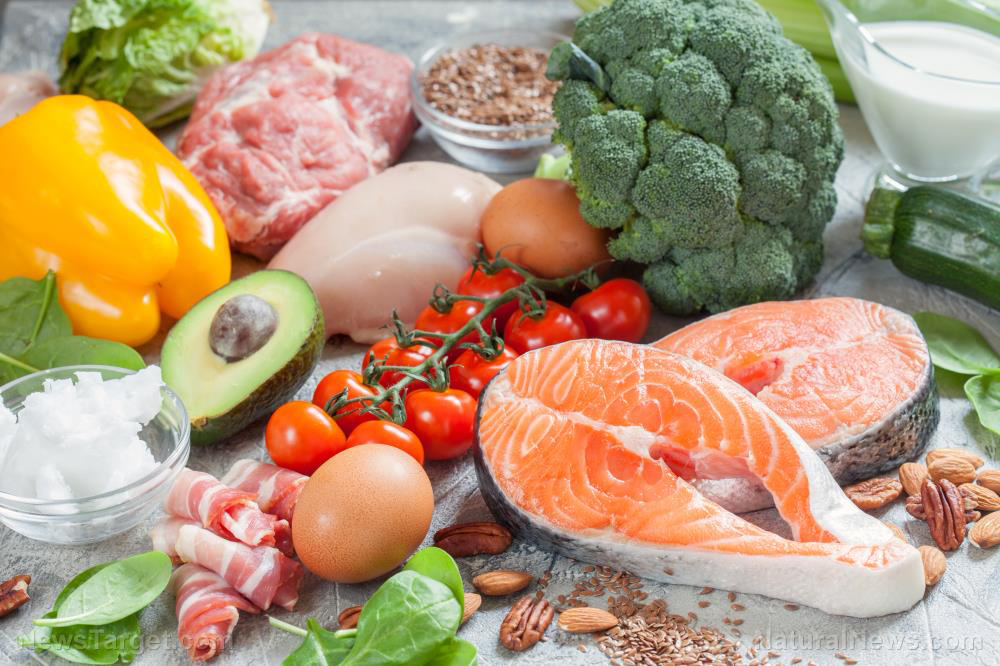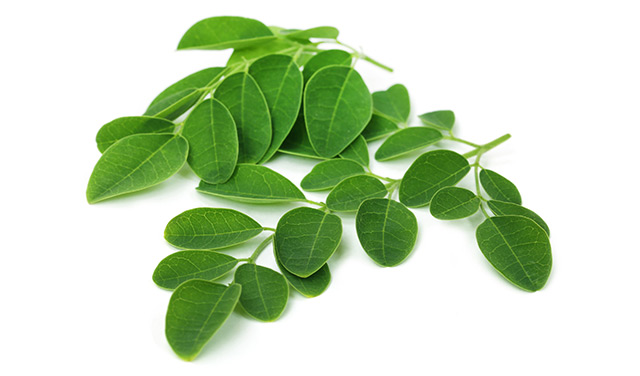Plant-based protein maintains muscle mass in aging people
09/27/2018 / By Edsel Cook

A joint Canadian-Scottish study compared proteins from animal and plant sources in order to determine which is better at stimulating the muscles of older people to create new protein. They reported that diets with more than one type of plant protein or taking leucine along with plant-based protein can help maintain the mass and strength of the muscles of an aging person.
The researchers were supported by McMaster University and the University of Stirling. They published their findings in the journal Proceedings of the Nutrition Society.
- Plant-based proteins provide 60 percent of the total protein consumed by people around the world on an annual basis. However, there is little information about the effect of these proteins on the creation of muscle protein.
- The increasing population requires a commensurate increase in the production of protein-rich food. New and sustainable sources of food must be found.
- Soy and wheat are the most commonly used sources of plant protein in earlier studies. Their animal-based counterparts, casein and whey, are much better known. This lack of information needs evaluation.
- A number of plant-based proteins lack lysine and/or methionine. The absence of these essential amino acids can hamper the amount of muscle protein that can be produced from the plant protein.
- Plant-based protein diets can improve their anabolic properties by combining or more protein-rich plants. They can also take the amino acid leucine to improve the synthesis of muscle protein.
The researchers concluded that a modified diet based on plant proteins could help older people keep their muscles in good shape.
Read the full text of the study at this link.
If you want to know what plants can provide the proteins you need to maintain your muscles, visit Nutrients.news.
Journal Reference:
Gorissen SHM, Witard OC. CHARACTERISING THE MUSCLE ANABOLIC POTENTIAL OF DAIRY, MEAT AND PLANT-BASED PROTEIN SOURCES IN OLDER ADULTS. Proceedings of the Nutrition Society. 29 August 2017;77(01):20–31. DOI: 10.1017/s002966511700194x.
Tagged Under: aging, Amino Acids, animal proteins, Leucine, muscles, musculoskeletal aging, plant proteins, plant-based protein, protein diet, science



















